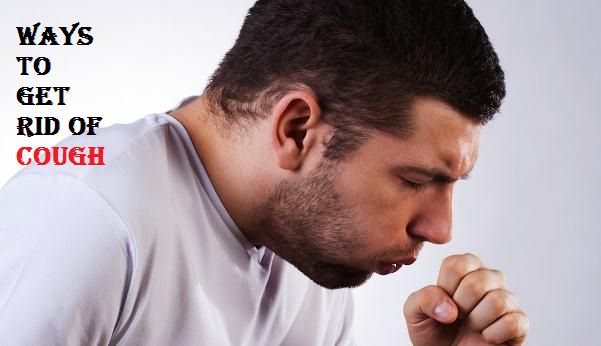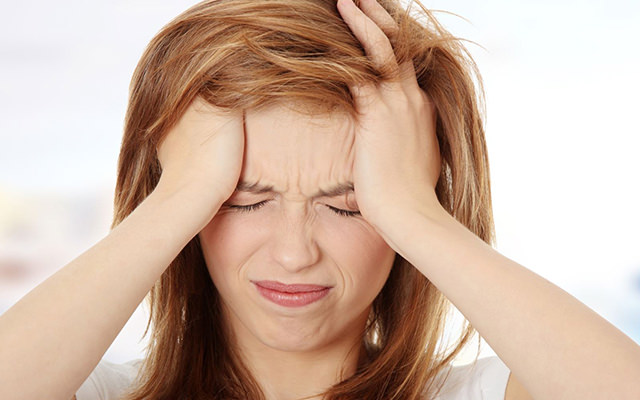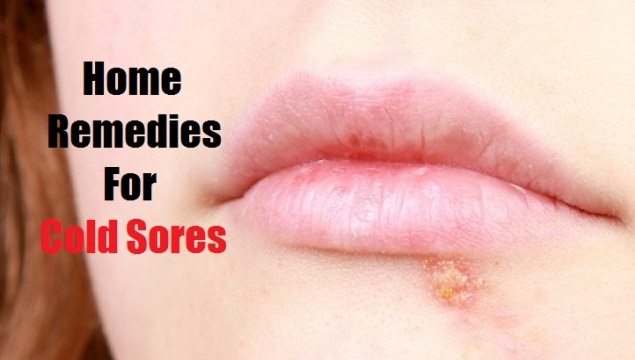According to the World Health Organization Migraine headaches are one of the 20 most disabling medical conditions worldwide. It is characterized by a throbbing pain, usually on one side of the head, that tends to get worse with movement. Migraine typically lasts from four to 3 days. Symptoms of migraines vary from one person to another. People often experience sensory warning signs, such as flashes of light, blind spots, increased sensitivity to light and sound, nausea and vomiting. Signs like irritability, a stiff neck, food cravings, frequent yawning and constipation also occur a couple of days prior to a migraine attack. The complex condition is thought to be caused by changes in brain chemicals. Allergies, smoking, alcohol, stress, bright lights, loud noises, dehydration, triggers a migraine. Though there is no known cure for migraines but you can try some natural home remedies for migraines.
Home remedies for Migraines:
1.) Take the Right Supplements
Studies suggest supplements may help to get rid you of your migraine. Supplements of melatonin ,vitamin B2, feverfew, butterbur, and magnesium are one of the best remedies for migraines.
- Butterbur-based supplements are the most helpful and are thought it prevent migraines and reduce their severity. It stabilizes blood flow while serving as a beta-blocker and lessens the inflammation which helps to prevent blood vessel spasms. Take a dose of 50 mg and make sure to take the supplement which is labeled PA Free.
- Vitamin B2 is also known as riboflavin, has also been known to reduce the severity and frequency of migraines. Taking 400 mg of the vitamin daily can half the frequency of your symptoms, and taking it while a migraine temporarily soothes the pain.
- Magnesium has mixed results. A 500 mg supplement can help to reduce the severity of a migraine if that migraine is related to a menstrual cycle. Try to take this with butterbur and riboflavin in practice as a daily preventative regimen.
- Feverfew, melatonin, may or may not help to reduce the severity of your migraine after it begins but steady doses of this supplement can help to decrease the overall frequency of migraine attacks.
2.) Apply Cold Compress to Treat Migraine
You can apply washcloth in your head that can cause the blood vessels there to contract, which slows down the rush of blood to your head. It is one of the best home remedies for migraines.
- Dip a washcloth in a cold water and place it on your forehead or on the back of your neck. Let it sit for 15 to 20 minutes. Take 15 to 20-minute break before applying the compress again, and continue in this pattern until your migraine goes away.
- However, in some cases, cold temperatures can actually make a migraine headache feel worse. If you feel the pain increases within the first 5 minutes of treatment, immediately stop and try something else.
3.) Peppermint to Cure Migraine
Peppermint has an anti-inflammatory property which helps to soothe the nerves. It also has an antispasmodic and calming effect which makes it one of the best home remedies for migraines. A study published in 2008 in the International Journal of Neuroscience found that the fragrance of this herb induces the feeling associated with headache relief.
- You can simply drink peppermint tea sweetened with honey. Use this remedy as needed.
- You can also massage each of your temples with one drop of peppermint essential oil or a combination of lavender and peppermint oil. Leave it on for at least 20 to 30 minutes. Use this remedy few times a day until you get relief.
4.) Chamomile to Treat Migraine
Chamomile has antispasmodic, anti-inflammatory, and soothing properties that help to relieve migraines. Regularly drinking of chamomile tea can also to help prevent the problem. It is one of the best home remedies for migraines.
- Take a cup of hot water and put two to three tablespoons of dried chamomile flowers and let it steep for few minutes.
- You can also add some honey and lemon juice. Strain and drink this tea three or four times a day to get relief from migraine symptoms.
- Or you can prepare an herbal tea by steeping equal quantities of chamomile, meadowsweet and horehound in a cup of hot water for at least five minutes. Strain this solution and drink it. Use this remedy as needed.
5.) Ginger, Best Home Remedies for Migraine
A study published in Phytotherapy Research in 2013 which indicates that ginger has proved effective in the treatment of common migraines. It blocks prostaglandins, which are chemicals that increase muscle contractions, impact hormones and regulate inflammation in blood vessels in the brain. Most non-steroidal anti-inflammatory drugs (NSAIDs), also, work by reducing the production of these chemicals.
- Take ginger tea a few times a day until you get relief. Make sure to drink it at the beginning of your headache.
- Or you can just simply chewing on a piece of raw ginger root which also help to treat the problem and relieve symptoms like nausea and digestive distress.
6.) Feverfew to Treat Migraine
Feverfew is a very effective home remedy for migraines that have been used since ages. A compound present in feverfew called parthenolide that relieves spasms in smooth muscle tissue and prevents inflammation. It also neutralizes prostaglandins that influence pain signals and reduce pain.
- You can prepare herbal tea by steeping one teaspoon each of feverfew leaves and peppermint in a cup of hot water for 30 minutes. Strain this solution and drink this tea few times throughout the day. Use this remedy until you get the relief from pain.
- Or you can also eat two or three fresh feverfew leaves daily or you can take dried leaf capsules up to 50 to 100 mg daily. But first Consult your doctor before taking this supplement.
7.) Massage to Cure Migraine
Massaging the head blocks pain signals sent to the brain and helps to ease the migraine headaches. It also stimulates certain serotonin receptors and boosts serotonin activity, thereby reducing the frequency and symptoms of migraines. A study published in 2006 in the Annals of Behavioral Medicine found that massage therapy helps in the treatment of migraines. It is considered to be best home remedies for migraines.
- Gently massage your head with two fingers in a circular motion and keep in mind that there are some pressure points at locations like the middle of the forehead (between the eyebrows), the base of the skull, and corners of the eyes that when pressed correctly help to relieve pain.
- Or you can heat two tablespoons of sesame oil and Mix in one-half teaspoon each of cinnamon and cardamom powder. Massage your forehead with this mixture. Wash it off after few hours.
8.) Eliminate as much Noise as possible.
The sound is another sensory stimuli which is known to trigger migraines pain. Turn off all the background noise, such as televisions and radios, or move to a quiet and calm spot.
- Or you can wear noise-canceling headphones over your ears to block out external noise if you cannot go a quiet room
- Some individuals find silence unnerving or stressful. If this type of case, run a white noise machine in the background to provide soothing ambient sound. You can also try soothing music to avoid loud or exciting tunes.
9.) Shut off Light to Treat Migraine
Many migraines are triggered by sensory stimuli, such as flickering or bright lights. Calm your senses down by pulling down the shades, turning the lights off or by moving into a dark room.
- Stay in the dark room until your migraine goes away.
- Wear sunglasses when necessary. If you have to go out and are unable to get to an area with no light, so you can wear polarizing sunglasses to protect your eyes from the brightest parts of the light. This may not be as quite effective as spending a few minutes in a dark room, but it can also help.
10.) Take a Deep Breath
Deep breathing exercises can also relax the body, it releases tension that might be contributing to your migraine. It will help you to keep the stress at bay which is one of the tension headache and migraine.
- Lie on your back with a pillow below your head and the another pillow below your knees. Your legs should be little bit bent.
- Place your hand one hand below your rib cage and another hand on your upper chest.
- Breathe in slowly through your nose until your stomach pushes against your
- Breathe out slowly as you tighten your stomach.
- Keep your hand still throughout the entire process which is in your chest.
- Do this exercise for about five minutes.






